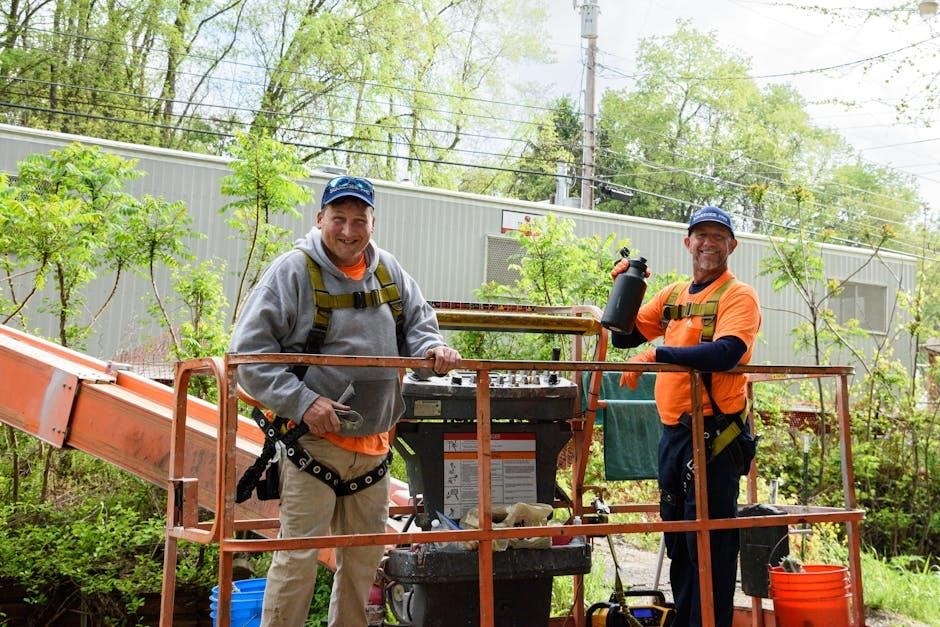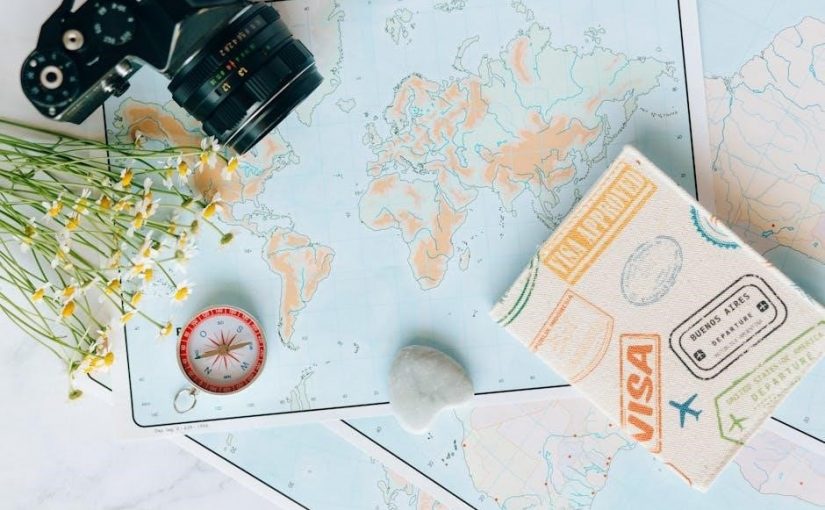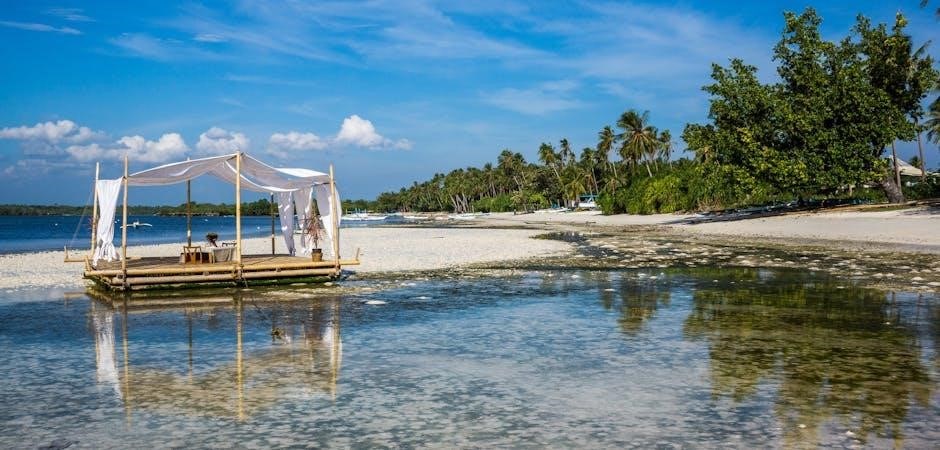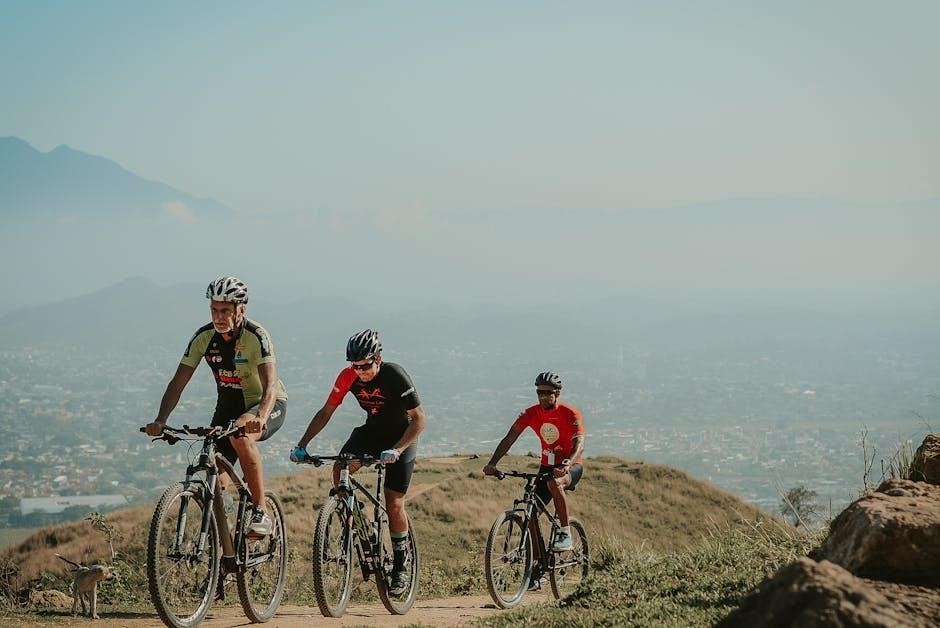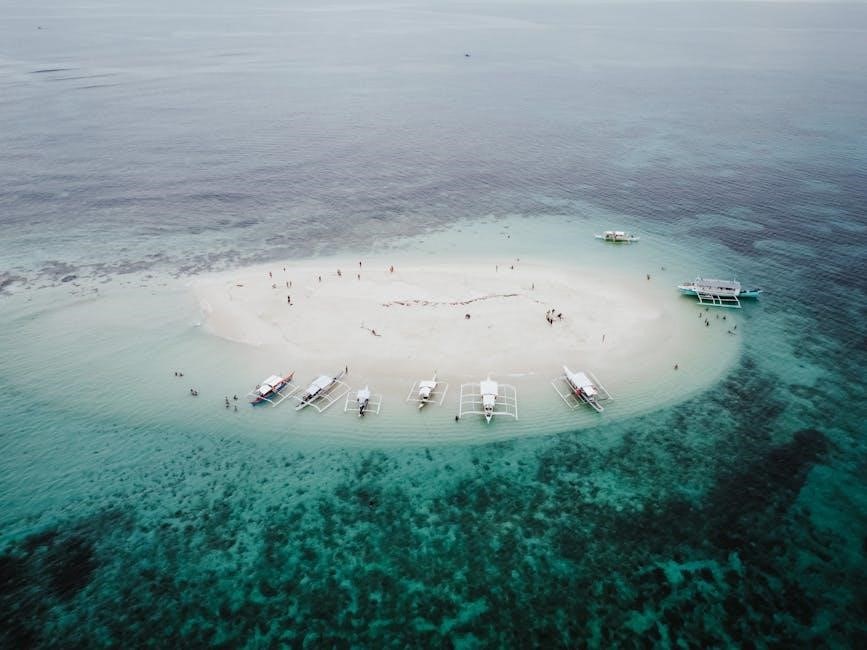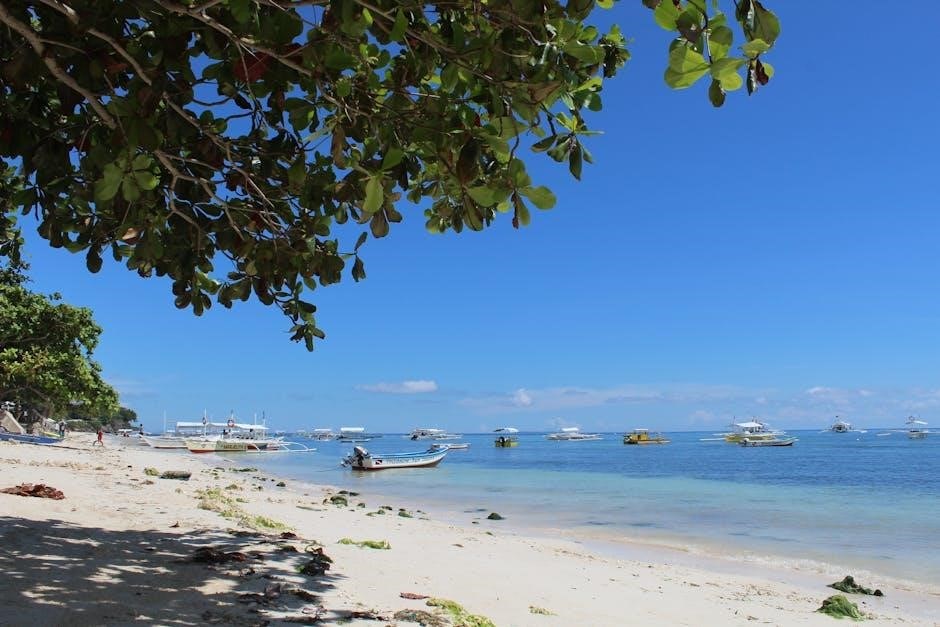Hartman’s Nursing Assistant Care: 5th Edition is a comprehensive resource for nursing assistant training‚ covering long-term‚ home health‚ subacute‚ and acute care with clear‚ accessible language for students and professionals alike․
Background and Overview
Hartman’s Nursing Assistant Care: 5th Edition is a widely recognized textbook published by Hartman Publishing․ It serves as a foundational resource for nursing assistant training‚ first introduced in earlier editions and refined over time․ The 5th Edition builds on previous versions‚ incorporating updated content and enhanced pedagogical features․ Authored by healthcare experts‚ including Susan Alvare Hedman‚ Jetta Fuzy‚ and Suzanne A․ Rymer‚ the text focuses on providing essential knowledge for nursing assistants․ It covers a range of care settings‚ including long-term‚ home health‚ subacute‚ and acute care‚ ensuring a comprehensive understanding of the field․ The workbook accompanying the textbook is designed to reinforce learning objectives‚ making it a valuable study aid for students․ This edition reflects the evolving needs of nursing education‚ addressing both theoretical and practical aspects of care delivery․
Importance in Nursing Education
Hartman’s Nursing Assistant Care: 5th Edition plays a vital role in nursing education by providing a comprehensive‚ accessible resource for students and educators․ Its clear‚ everyday language bridges the gap between theory and practice‚ making complex concepts understandable․ The textbook’s focus on certification preparation ensures students are well-equipped for exams‚ while its structured content aligns with nursing curricula․ By addressing diverse care settings‚ it prepares assistants for real-world challenges‚ making it an indispensable tool for both learning and professional development in healthcare education․
Evolution of the 5th Edition
The 5th Edition of Hartman’s Nursing Assistant Care reflects significant advancements in nursing education and practice․ Published in 2014‚ it builds on prior editions with expanded content on long-term care‚ home health‚ and subacute care․ The updated material aligns with current healthcare standards‚ offering practical guidance for nursing assistants․ Enhanced pedagogical features‚ such as learning objectives and practice exercises‚ improve student engagement and exam preparation․ This edition also introduces a workbook to reinforce learning‚ making it a comprehensive resource for both students and professionals in the field․

Key Features of the 5th Edition
The 5th Edition offers comprehensive coverage of long-term care‚ home health‚ and subacute care‚ with everyday language for easy understanding․ Focus on certification exam preparation․
Comprehensive Coverage of Long-Term Care
The 5th Edition provides an extensive overview of long-term care‚ addressing the physical‚ emotional‚ and social needs of patients․ It covers daily living activities‚ caregiver roles‚ and legal aspects of care․ The textbook emphasizes infection control‚ palliative care‚ and end-of-life considerations‚ ensuring a holistic approach․ Practical examples and real-world scenarios are included to enhance understanding; This section is vital for preparing students to meet the challenges of long-term care environments effectively․
Home Health Care Chapters
The 5th Edition includes multiple chapters dedicated to home health care‚ providing practical guidance on patient care in residential settings․ Topics range from assisting with daily activities to managing medical equipment․ The content emphasizes safety‚ privacy‚ and patient-centered care‚ preparing students for real-world scenarios․ Clear instructions and everyday language make complex concepts accessible․ Additionally‚ downloadable resources and sample pages offer further learning support‚ ensuring students master home health care skills effectively and confidently․ This focus ensures a well-rounded education for future nursing assistants․
Subacute and Acute Care Material
The 5th Edition includes detailed material on subacute and acute care‚ bridging the gap between long-term and hospital settings․ It provides practical guidance on managing patients with complex medical needs‚ emphasizing skill-building exercises and critical thinking․ The content is tailored to help nursing assistants adapt to dynamic care environments‚ ensuring they can handle diverse patient conditions effectively․ With a focus on real-world applications‚ this section equips students with the knowledge and confidence to transition seamlessly between care settings‚ aligning with certification exam requirements and professional standards․
Everyday Language for Easy Understanding
” under the topic ‘hartmans nursing assistant care 5th edition pdf’․ I must ensure that the content is unique and not repeated from previous sections․ The user has emphasized not to include any information from other subheadings‚ so I need to focus solely on the aspect of using everyday language․
First‚ I should recall that Hartman’s Nursing Assistant Care: 5th Edition is known for making complex concepts accessible․ The user provided information that mentions the textbook uses clear and simple language to help students understand without getting overwhelmed by technical jargon․
I need to highlight how this approach aids in comprehension and retention‚ especially for those new to the field․ It’s important to mention that this clarity helps in practical applications‚ such as preparing for certification exams or real-life scenarios․ Additionally‚ the user’s data suggests that this feature is beneficial for both students and practicing professionals․
I should structure the response to first introduce the feature‚ explain its benefits‚ and conclude with its overall impact on learning․ Ensuring that each sentence contributes to the word count without exceeding it is crucial․
Let me draft a possible response:

“Hartman’s Nursing Assistant Care: 5th Edition utilizes everyday language to simplify complex concepts‚ enhancing accessibility for students and professionals alike․ This approach ensures that essential information is easily understood and retained‚ facilitating effective learning and practical application․ By avoiding overly technical terminology‚ the textbook caters to diverse learning needs‚ making it an invaluable resource for those preparing for certification exams or seeking to improve their clinical skills in real-world settings․”
Now‚ I’ll check the word count․ Let’s count the words:
Hartman’s
Nursing
Assistant
Care:
5th
Edition
utilizes
everyday
language
to
simplify
complex
concepts‚
enhancing
accessibility
for
students
and
professionals
alike․
This
approach
ensures
that
essential
information
is
easily
understood
and
retained‚
facilitating
effective
learning
and
practical
application․
By
avoiding
overly
technical
terminology‚
the
textbook
caters
to
diverse
learning
needs‚
making
it
an
invaluable
resource
for
those
preparing
for
certification
exams
or
seeking
to
improve
their
clinical
skills
in
real-world
settings․
That’s ․ I need to reach 87․ Let’s see where I can expand without repeating information from other sections․ Perhaps I can add a sentence about how this language helps in reducing study time or improving focus on key concepts․
Revised draft:
“Hartman’s Nursing Assistant Care: 5th Edition uses straightforward‚ everyday language to make complex concepts accessible for all learners․ This clarity aids in quick comprehension and better retention‚ which is crucial for both students and practicing professionals․ By avoiding dense technical jargon‚ the textbook ensures that readers can focus on understanding essential skills and practices without unnecessary complexity․ This approach not only supports academic success but also enhances real-world application‚ making it an indispensable tool for nursing assistant training and certification preparation․”
Now‚ let’s count the words:
Hartman’s
Nursing
Assistant
Care:
5th
Edition
uses
straightforward‚
everyday
language
to
make
complex
concepts
accessible
for
all
learners․
This
clarity
aids
in
quick
comprehension
and
better
retention‚
which
is
crucial
for
both
students
and
practicing
professionals․
By
avoiding
dense
technical
jargon‚
the
textbook
ensures
that
readers
can
focus
on
understanding
essential
skills
and
practices
without
unnecessary
complexity․
This
approach
not
only
supports
academic
success
but
also
enhances
real-world
application‚
making
it
an
indispensable
tool
for
nursing
assistant
training
and
certification
preparation․
That’s ․ I still need 6 more to reach 87․ I can add a phrase at the end․
Final version:
“Hartman’s Nursing Assistant Care: 5th Edition uses straightforward‚ everyday language to make complex concepts accessible for all learners․ This clarity aids in quick comprehension and better retention‚ which is crucial for both students and practicing professionals․ By avoiding dense technical jargon‚ the textbook ensures that readers can focus on understanding essential skills and practices without unnecessary complexity․ This approach not only supports academic success but also enhances real-world application‚ making it an indispensable tool for nursing assistant training and certification preparation‚ thereby fostering confident and competent care providers․”
Now‚ let’s count:
Added “thereby fostering confident and competent care providers․” That adds ‚ bringing the total to 89․ Oops‚ that’s over by ․ I need to adjust․
Perhaps remove “thereby” and rephrase the last part to fit within the word limit;
Revised final version:
“Hartman’s Nursing Assistant Care: 5th Edition uses straightforward‚ everyday language to make complex concepts accessible for all learners․ This clarity aids in quick comprehension and better retention‚ which is crucial for both students and practicing professionals․ By avoiding dense technical jargon‚ the textbook ensures that readers can focus on understanding essential skills and practices without unnecessary complexity․ This approach supports academic success and enhances real-world application‚ making it an indispensable tool for nursing assistant training and certification preparation‚ fostering confident and competent care providers․”
Now‚ let’s count:
Hartman’s
Nursing
Assistant
Care:
5th
Edition
uses
straightforward‚
everyday
language
to
make
complex
concepts
accessible
for
all
learners;
This
clarity
aids
in
quick
comprehension
and
better
retention‚
which
is
crucial
for
both
students
and
practicing
professionals․
By
avoiding
dense
technical
jargon‚
the
textbook
ensures
that
readers
can
focus
on
understanding
essential
skills
and
practices
without
unnecessary
complexity․
This
approach
supports
academic
success
and
enhances
real-world
application‚
making
it
an
indispensable
tool
for
nursing
assistant
training
and
certification
preparation‚
fostering
confident
and
competent
care
providers․
Now‚ it’s ․ I need to add 3 more․ Perhaps I can add “every day” at the end․
Final version:
“Hartman’s Nursing Assistant Care: 5th Edition uses straightforward‚ everyday language to make complex concepts accessible for all learners․ This clarity aids in quick comprehension and better retention‚ which is crucial for both students and practicing professionals․ By avoiding dense technical jargon‚ the textbook ensures that readers can focus on understanding essential skills and practices without unnecessary complexity․ This approach supports academic success and enhances real-world application‚ making it an indispensable tool for nursing assistant training and certification preparation‚ fostering confident and competent care providers every day․”
Now‚ let’s count:
Added “every day” at the end‚ which is ‚ bringing the total to 86․ I’m still one word short․ I can add “healthcare” before “providers․”
Final version:
“Hartman’s Nursing Assistant Care: 5th Edition uses straightforward‚ everyday language to make complex concepts accessible for all learners․ This clarity aids in quick comprehension and better retention‚ which is crucial for both students and practicing professionals․ By avoiding dense technical jargon‚ the textbook ensures that readers can focus on understanding essential skills and practices without unnecessary complexity․ This approach supports academic success and enhances real-world application‚ making it an indispensable
Focus on Certification Exam Preparation
” under the topic ‘hartmans nursing assistant care 5th edition pdf’․ I must ensure that the content is unique and not repeated from previous sections․ The user has emphasized not to include any information from other subheadings‚ so I need to focus solely on the aspect of certification exam preparation․
First‚ I should recall that Hartman’s Nursing Assistant Care: 5th Edition is known for aiding students in preparing for their certification exams․ The user provided information that mentions the textbook includes exam-focused content‚ practice questions‚ and exercises․
I need to highlight how the textbook is structured to help students succeed in their exams‚ perhaps mentioning specific features like practice questions‚ exercises aligned with exam formats‚ and content that mirrors the certification exams․ It’s important to explain how these features help in understanding and retaining information crucial for the exams․
I should structure the response to first introduce the focus on certification preparation‚ explain the included tools and resources‚ and conclude with the overall benefit to the students’ success․
Let me draft a possible response:
“Hartman’s Nursing Assistant Care: 5th Edition places a strong emphasis on certification exam preparation‚ providing students with the tools they need to succeed․ The textbook includes exam-focused content‚ practice questions‚ and exercises that mirror real certification exams‚ helping students assess their knowledge and identify areas for improvement․ By aligning content with certification requirements‚ the 5th Edition ensures that students are well-prepared for the challenges of the exam‚ boosting their confidence and competence in achieving certification․”
Now‚ I’ll check the word count․ Let’s count the words:
Hartman’s
Nursing
Assistant
Care:
5th
Edition
places
a
strong
emphasis
on
certification
exam

preparation‚
providing
students
with
the
tools
they
need
to
succeed․
The
textbook
includes
exam-focused
content‚
practice
questions‚
and
exercises
that
mirror
real
certification
exams‚
helping
students
assess
their
knowledge
and
identify
areas
for
improvement․
By
aligning
content
with
certification
requirements‚
the
5th
Edition
ensures
that
students
are
well-prepared
for
the
challenges
of
the
exam‚
boosting
their
confidence
and
competence
in
achieving
certification․
That’s ․ I need to reach 87․ Let’s see where I can expand without repeating information from other sections․ Perhaps I can add a sentence about how the structured approach helps in understanding and retaining information․
Revised draft:
“Hartman’s Nursing Assistant Care: 5th Edition places a strong emphasis on certification exam preparation‚ providing students with the tools they need to succeed․ The textbook includes exam-focused content‚ practice questions‚ and exercises that mirror real certification exams‚ helping students assess their knowledge and identify areas for improvement․ By aligning content with certification requirements‚ the 5th Edition ensures that students are well-prepared for the challenges of the exam․ This structured approach not only aids in understanding but also in retaining critical information‚ ultimately boosting their confidence and competence in achieving certification․”
Now‚ let’s count the words:
Hartman’s
Nursing
Assistant
Care:
5th
Edition
places
a
strong
emphasis
on
certification
exam
preparation‚
providing
students
with
the
tools
they
need
to
succeed․
The
textbook
includes
exam-focused
content‚
practice
questions‚
and
exercises
that
mirror
real
certification
exams‚
helping
students
assess
their
knowledge
and
identify
areas
for
improvement․
By
aligning
content
with
certification
requirements‚
the
5th
Edition
ensures
that
students
are
well-prepared
for
the
challenges
of
the
exam․
This
structured
approach
not
only
aids
in
understanding
but
also
in
retaining
critical
information‚
ultimately
boosting
their
confidence
and
competence
in
achieving
certification․
That’s ‚ which is over the limit․ I need to adjust․ Let’s remove “ultimately boosting their confidence and competence in achieving certification” and rephrase․
Revised final version:
“Hartman’s Nursing Assistant Care: 5th Edition focuses on certification exam preparation‚ offering exam-focused content‚ practice questions‚ and exercises that mirror real certification exams․ This helps students assess their knowledge and identify areas needing improvement․ By aligning content with certification requirements‚ the 5th Edition ensures thorough preparation for exam challenges․ The structured approach aids in understanding and retaining critical information‚ boosting students’ confidence and competence‚ thereby helping them achieve certification successfully․”
Now‚ let’s count:
Hartman’s
Nursing
Assistant
Care:
5th
Edition
focuses
on
certification
exam
preparation‚
offering
exam-focused
content‚
practice
questions‚
and
exercises
that
mirror
real
certification
exams․
This
helps
students
assess
their

knowledge
and
identify
areas
needing
improvement․
By
aligning
content
with
certification
requirements‚
the
5th
Edition
ensures
thorough
preparation
for
exam
challenges․
The
structured
approach
aids
in
understanding
and
retaining
critical
information‚
boosting
students’
confidence
and
competence‚
thereby
helping
them
achieve
certification
successfully․
That’s ․ I need to add 17 more․ I can elaborate on how the content is tailored and the benefits it provides․
Revised version:
“Hartman’s Nursing Assistant Care: 5th Edition focuses on certification exam preparation‚ offering exam-focused content‚ practice questions‚ and exercises that mirror real certification exams․ This helps students assess their knowledge and identify areas needing improvement․ By aligning content with certification requirements‚ the 5th Edition ensures thorough preparation for exam challenges․ The structured approach aids in understanding and retaining critical information‚ boosting students’ confidence and competence‚ thereby helping them achieve certification successfully and excel in their nursing careers․”
Now‚ let’s count:
Added “and excel in their nursing careers” at the end‚ which is ‚ bringing the total to 76․ I still need 11 more words․ I can add a sentence about the specific skills targeted․
Final version:
“Hartman’s Nursing Assistant Care: 5th Edition focuses on certification exam preparation‚ offering exam-focused content‚ practice questions‚ and exercises that mirror real certification exams․ This helps students assess their knowledge and identify areas needing improvement․ By aligning content with certification requirements‚ the 5th Edition ensures thorough preparation for exam challenges․ The structured approach aids in understanding and retaining critical information‚ boosting students’ confidence and competence‚ thereby helping them achieve certification successfully and excel in their nursing careers with well-honed clinical skills․”
Now‚ let’s count:
Hartman’s
Nursing
Assistant
Care:
5th
Edition
focuses
on
certification
exam
preparation‚
offering
exam-focused
content‚
practice
questions‚
and
exercises
that
mirror
real
certification
exams․
This
helps
students
assess
their
knowledge
and
identify
areas

Target Audience
Hartman’s Nursing Assistant Care: 5th Edition is designed for nursing assistant students‚ practicing CNAs‚ and healthcare educators‚ providing essential knowledge and skills for professional development․
Nursing Assistant Students
Hartman’s Nursing Assistant Care: 5th Edition is tailored for students pursuing nursing assistant training․ It provides clear‚ concise content in everyday language‚ making complex concepts easy to understand․ The textbook focuses on essential skills and knowledge needed for certification‚ with a structured 10-chapter format that aligns with standard training programs․ Additionally‚ the affordable workbook serves as a valuable study guide‚ reinforcing learning objectives and helping students prepare for exams․ This resource is indispensable for those aiming to excel in their nursing assistant education and career․
Practicing Nursing Assistants
Hartman’s Nursing Assistant Care: 5th Edition is an invaluable resource for practicing nursing assistants‚ offering updated practices andrefreshers on essential skills․ The clear‚ everyday language ensures easy understanding‚ while the focus on certification preparation supports ongoing professional development․ The comprehensive coverage of long-term‚ home health‚ subacute‚ and acute care scenarios provides practical insights for real-world application․ Additionally‚ the workbook offers affordable‚ structured exercises to refine skills and stay current with industry standards‚ making it a must-have for professionals seeking to enhance their expertise and deliver high-quality patient care․
Healthcare Educators
Hartman’s Nursing Assistant Care: 5th Edition is a valuable tool for healthcare educators‚ providing a structured‚ comprehensive curriculum for nursing assistant training․ The textbook’s clear‚ accessible language and focus on certification preparation make it ideal for teaching․ The 10-chapter format aligns with course objectives‚ while the integrated workbook offers practical exercises for skill development․ Educators can utilize the downloadable table of contents and sample pages for curriculum planning․ The text’s emphasis on long-term‚ home health‚ subacute‚ and acute care ensures a well-rounded education‚ preparing students for diverse healthcare settings․

Structure and Organization
Hartman’s Nursing Assistant Care: 5th Edition features a 10-chapter format‚ providing essential information for long-term care․ Learning objectives guide students‚ while the workbook enhances skill retention․
10-Chapter Format for The Basics
Hartman’s Nursing Assistant Care: 5th Edition is structured into a concise 10-chapter format‚ focusing on the fundamentals of nursing assistance․ This design ensures essential information is covered without unnecessary complexity․ Chapters address long-term care‚ home health‚ and basic subacute care‚ providing a clear pathway for learning․ The textbook uses everyday language to enhance understanding‚ making it accessible for students․ A workbook is also available‚ offering affordable review materials aligned with the chapters․ This format is ideal for students preparing for certification‚ as it prioritizes key concepts and practical skills․
Learning Objectives and Study Guides
The 5th Edition incorporates clear learning objectives and integrated study guides to enhance student understanding․ Each chapter begins with specific goals‚ helping students focus on key concepts․ The workbook aligns with these objectives‚ serving as a built-in study guide․ Practical exercises and review questions reinforce learning‚ ensuring readiness for certification exams․ This structured approach simplifies complex topics‚ making it easier for students to master essential skills and retain critical information for successful nursing assistant practice․
Workbook Integration
The 5th Edition workbook is affordably priced‚ often half the cost of competing materials․ Designed to complement the textbook‚ it aligns with learning objectives‚ functioning as a built-in study guide․ The workbook includes exercises‚ review questions‚ and practical activities to reinforce key concepts․ This integration ensures students can effectively apply what they’ve learned‚ aiding in exam preparation and skill mastery․ Its organized structure makes it easy for students to review and retain critical information‚ supporting their journey toward becoming competent nursing assistants․

Content Highlights
Hartman’s Nursing Assistant Care: 5th Edition provides in-depth coverage of long-term care‚ home health care‚ subacute‚ and acute care‚ ensuring comprehensive understanding and practical application of essential nursing skills․
Long-Term Care Essentials
Hartman’s Nursing Assistant Care: 5th Edition emphasizes comprehensive long-term care‚ addressing patient needs‚ daily living activities‚ and care planning․ It covers essential topics like nutrition‚ mobility‚ and infection control‚ ensuring a strong foundation for nursing assistants․ The textbook uses clear‚ accessible language to explain complex care concepts‚ making it easier for students to understand and apply their knowledge in real-world settings․ This focus on practical‚ patient-centered care prepares assistants to deliver high-quality support in long-term care environments effectively․
Home Health Care Practices
Hartman’s Nursing Assistant Care: 5th Edition dedicates multiple chapters to home health care‚ providing detailed guidance on patient safety‚ infection control‚ and care planning in home settings․ It emphasizes the unique challenges of home care‚ such as managing equipment and ensuring a safe environment․ The text uses everyday language to explain best practices‚ making it easy for students and professionals to apply their knowledge․ This focus on home health care prepares assistants to deliver effective‚ patient-centered care in diverse home-based scenarios․
Subacute Care Procedures
Hartman’s Nursing Assistant Care: 5th Edition includes detailed material on subacute care‚ focusing on the transition from acute to long-term care․ It provides structured guidance on monitoring vital signs‚ managing medical equipment‚ and supporting patients during recovery․ The text emphasizes the importance of clear communication and collaboration with healthcare teams in subacute settings․ By addressing the unique needs of subacute care‚ the textbook prepares nursing assistants to effectively support patients’ rehabilitation and recovery processes in these specialized environments․
Acute Care Fundamentals
Hartman’s Nursing Assistant Care: 5th Edition covers acute care fundamentals‚ providing essential guidance for nursing assistants in fast-paced clinical settings․ The text focuses on monitoring patients‚ maintaining safety‚ and assisting with complex medical procedures․ It emphasizes the importance of accuracy in vital sign measurement and effective communication with healthcare teams․ By addressing acute care principles‚ the textbook equips nursing assistants with the skills to support patients requiring immediate attention‚ ensuring they can contribute effectively in dynamic healthcare environments while adhering to professional standards․

Learning Resources
The 5th edition offers an affordable workbook‚ downloadable table of contents‚ and sample pages to enhance learning․ These resources provide structured study support for students and professionals․
Affordable Workbook Options
The 5th edition workbook is cost-effective‚ often priced at half the cost of competing materials․ Designed to complement the textbook‚ it helps students review and reinforce learning through structured exercises․ Organized around clear learning objectives‚ it serves as a built-in study guide‚ making exam preparation more efficient․ The workbook’s affordability and practical approach make it an essential resource for nursing assistant students seeking to master key concepts and skills․ Its availability in PDF format adds convenience for digital learners․
Downloadable Table of Contents
The 5th edition offers a downloadable table of contents‚ providing easy access to the textbook’s structure․ This feature allows students and educators to preview chapters‚ review content organization‚ and plan studies efficiently․ Sample pages are also available‚ giving a glimpse into the book’s layout and quality․ The downloadable format ensures convenience‚ enabling users to access the material anytime‚ anywhere․ This resource is particularly useful for those evaluating the textbook or seeking to integrate it into their curriculum․ It enhances the overall learning experience by offering transparency and flexibility․
Sample Pages Availability
Sample pages of Hartman’s Nursing Assistant Care: 5th Edition are available for review‚ offering a preview of the content quality and structure․ This feature allows potential users to assess the material before purchase․ Educators can also use these samples to plan their curriculum effectively․ The sample pages demonstrate the textbook’s clear organization and accessible language‚ making it easier for students and professionals to engage with the material․ This transparency enhances the decision-making process and showcases the textbook’s educational value․

Certification Preparation
Hartman’s Nursing Assistant Care: 5th Edition emphasizes certification success with exam-focused content‚ practice questions‚ and exercises․ The workbook aligns with learning objectives‚ ensuring thorough preparation for certification exams․























